Mavic 2 Pro and Zoom: DJI’s two exceptional drones
Last update on 02.10.2020 | 1 Kommentare
In August 2018, the Chinese manufacturer DJI launched a new generation of drones and introduced it in two versions: DJI Mavic 2 Pro and DJI Mavic 2 Zoom. In this article, we present both versions and tell you about our impressions.
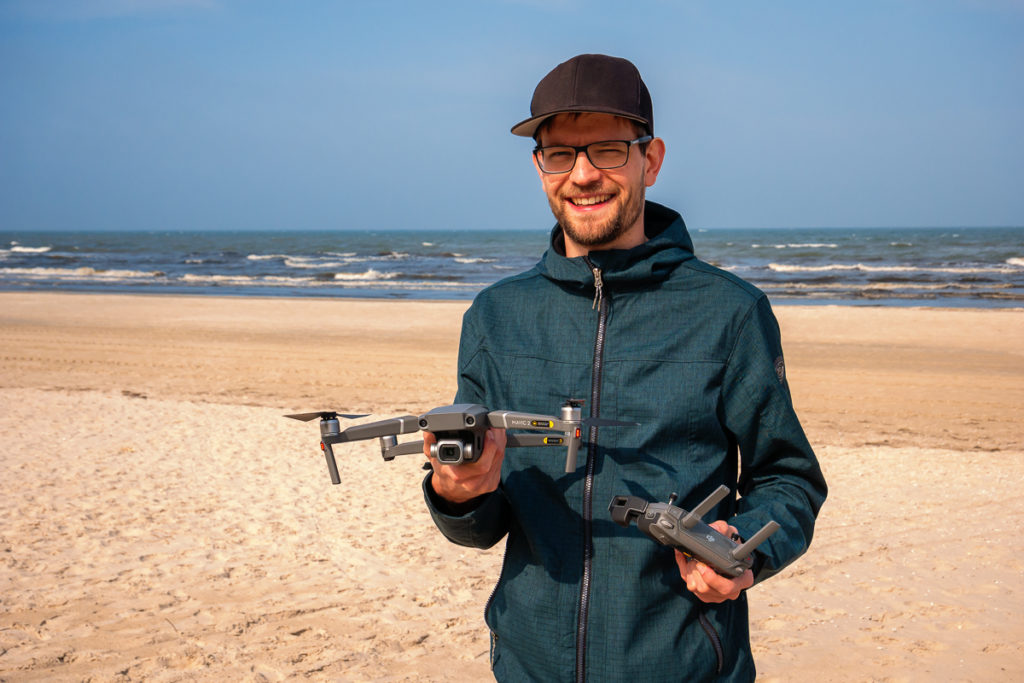
Inexpensive and compact
Many inexpensive drones reach their limits quickly in terms of flight and image quality, but professional camera drones are too expensive for most hobby pilots. This is the strength of the DJI Mavic 2 Pro/Zoom: it takes great pictures and has all kinds of convenient functions, but is also compact and available for under $1,500.
Buy the DJI Mavic 2 Pro or Zoom hereWith a takeoff weight of 907 grams (Mavic 2 Pro) and 905 grams (Mavic 2 Zoom), the copters are still light enough to be easily transported while traveling. Their size also makes them easy to take along: when folded, they measure only 214 x 91 x 84 millimeters, while when unfolded, they measure 322 x 242 x 84 millimeters.
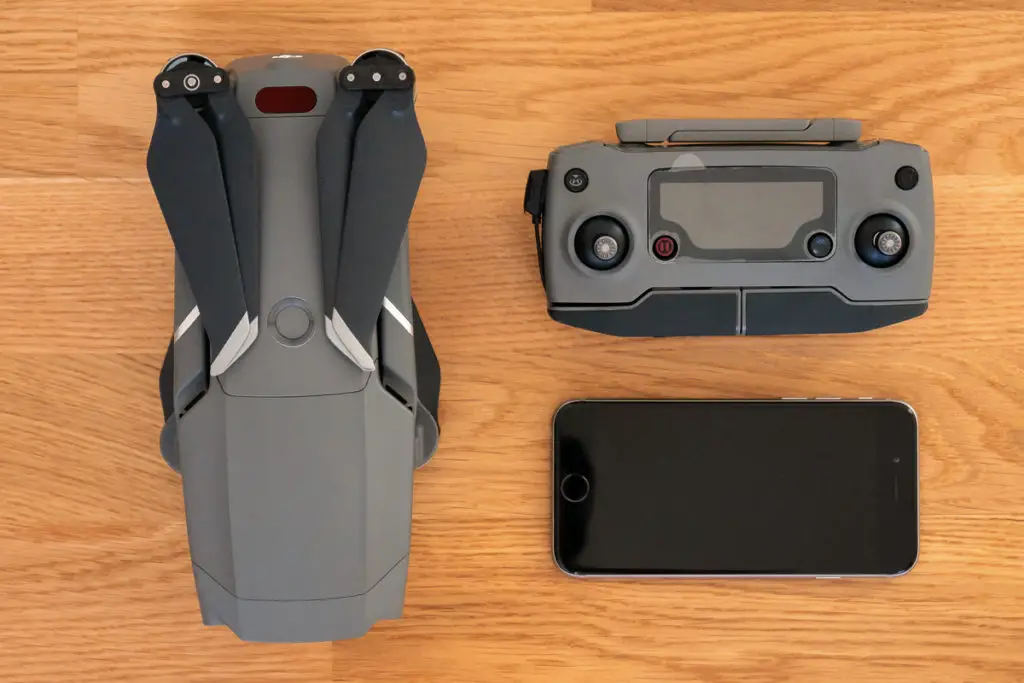
In good wind conditions, the DJI Mavic 2 stays in the air for up to 31 minutes and reaches a speed of up to 72 kilometers per hour in S-Mode. These are great values for taking professional aerial shots.
With an internal storage of 8 gigabytes, the drone itself has plenty of room for snapshots. But if you plan more ambitious film projects, you can easily expand the capacity using a microSD card.
Quiet and safe flying
Thanks to its innovative propellers, the Mavic 2 Pro/Zoom is particularly quiet. The propellers are curved upwards at the ends and, thanks to their aerodynamic shape, make much less noise than straight propellers. This means you will not disturb bystanders or animals during your drone flight.
DJI has built several safety features into Mavic 2 that benefit both inexperienced and advanced drone pilots. Mavic 2 is equipped with sensors on all sides, allowing for obstacle detection at the front, rear, left, right, top, and bottom. This distinguishes it from the Mini, Spark, or Air, for example. When the drone encounters an obstacle, it automatically takes evasive action. However, the left and right sensors are only available in ActiveTrack and Tripod modes.
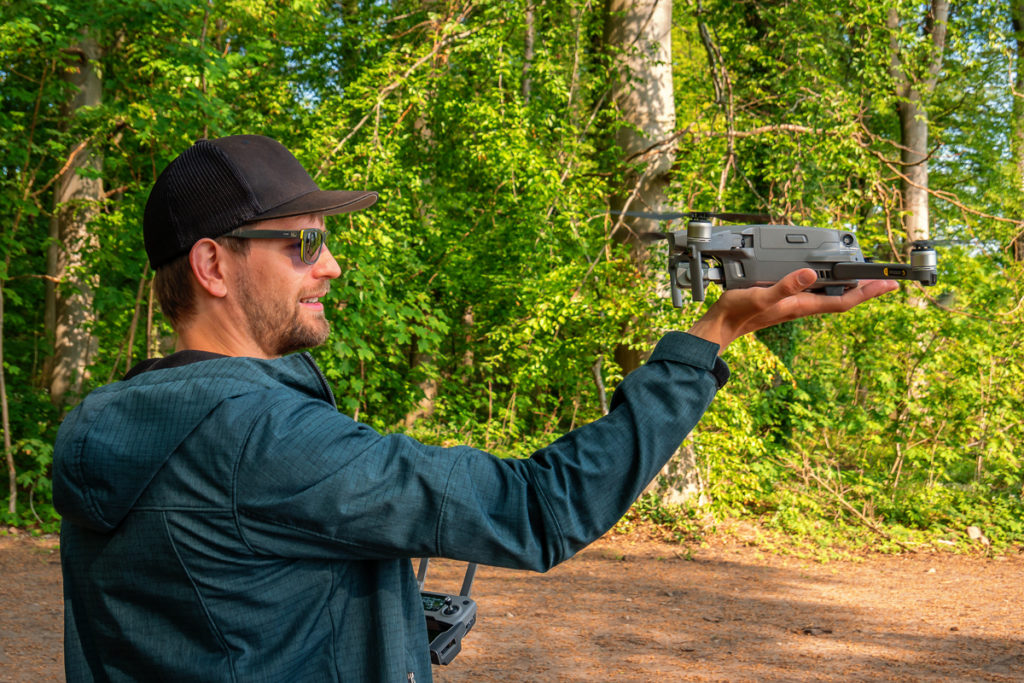
The big difference between Mavic 2 Pro and Zoom
Pro and Zoom differ mainly in the camera performance and are therefore suitable for photographers and filmmakers with different requirements.
Buy the DJI Mavic 2 Pro or Zoom hereBoth variants create high-quality 4K shots with up to 30 frames per second and a bit rate of 100 Mbit per second. In HD mode, the frame rate even goes up to 120 frames per second, which allows for great slow-motion effects in post-production. Still images are saved in JPEG and DNG (Adobe raw format), videos as MP4 and MOV.
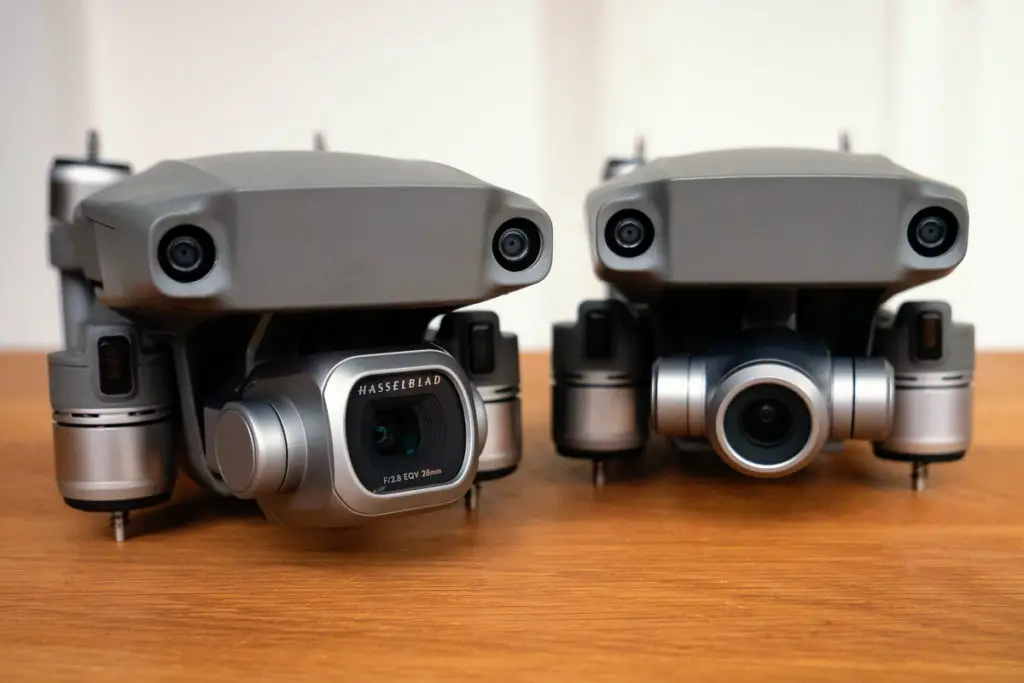
The high performance camera of the Pro
With the Mavic 2 Pro, an investment by DJI comes into play: the Chinese company secured a majority stake in the Swedish traditional camera manufacturer Hasselblad.
The Mavic 2 Pro is the first DJI drone to bring such a Hasselblad camera to the skies. Its strengths come to the fore in low light conditions, thanks to a 1-inch sensor and an adjustable aperture (f/2.8 to f/11) that allows it to adapt perfectly to its surroundings. ISO values of up to 12,800 are possible for light sensitivity. The images become particularly brilliant with a color profile of over one billion colors and the camera can even record HDR videos. In addition to this wealth of detail, still images are up to 20 megapixels (5,472 x 3,648) in size. The DJI Mavic 2 Pro’s high-performance camera is suspended from a 3-axis gimbal, which provides perfect protection against camera shake.
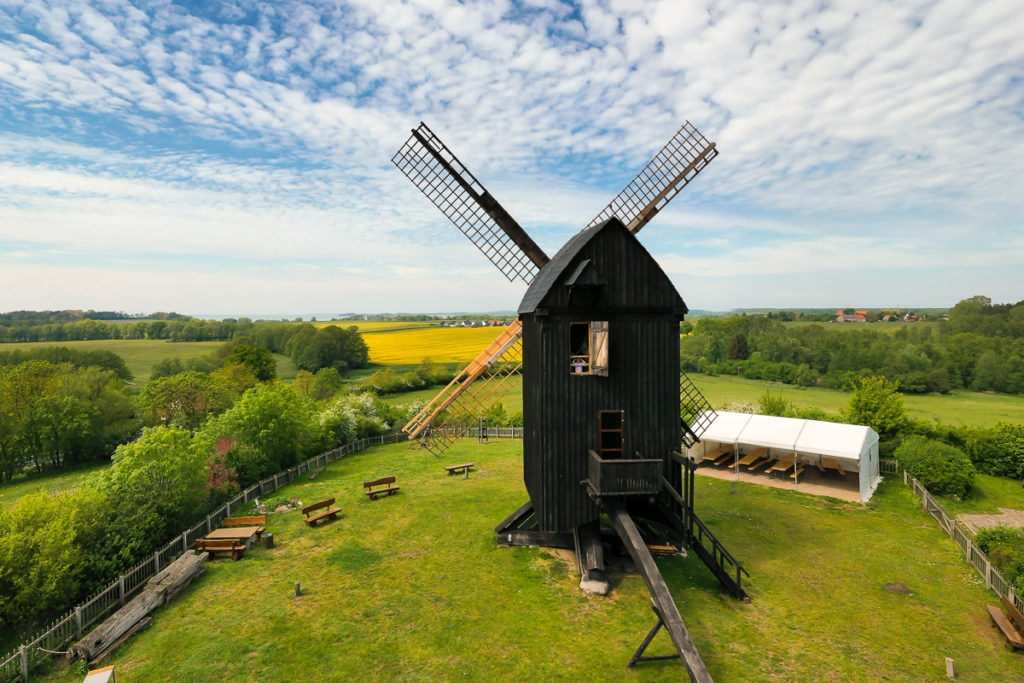
The drone with Zoom
The DJI Mavic 2 Zoom has a much smaller sensor (1/2.3 inch), a fixed aperture (f/2.8), ISO values up to 3200, and only reaches 12 megapixels for still images. Its color profile allows only up to 16 million colors and no HDR video. For a higher resolution, the camera takes nine individual photos as a panorama and combines them into a 48-megapixel photo.
Does this all sound a little less exciting than the Pro? Far from it: The name Zoom is not a coincidence. This camera has a double optical zoom, which allows you to take close-ups without the drone having to approach the subject itself. For videos in HD mode, you can even use a lossless quadruple zoom. You can also let your cinematic creativity run wild by experimenting with the dolly zoom effect, where the background moves but the focused object remains the same size. Of course, a 3-axis gimbal also helps with stabilization.
Exciting flight modes
The Pro and Zoom come with intelligent flight modes that automatically create great movie effects.
Hyperlapse allows you to create time-lapse videos without much post-processing, and you can even set the drone to fly a certain path, such as flying around an object.
Active Track is another feature that many drone pilots wouldn’t want to miss, allowing you to create creative videos with moving subjects. The drone follows a given object, such as a bicycle or car, and automatically calculates its flight path so that it does not lose its subject.

Buying DJI Mavic 2 Pro and Zoom
Pro and Zoom are identical in many features, only the camera differs. Both have impressive features and if we are honest, we would like to have the high-performance camera of the Pro with an additional zoom. But unfortunately, we have to choose one of them.
Buy the DJI Mavic 2 Pro or Zoom herePro or Zoom?
There’s already a slight difference in price: the launch price of the DJI Mavic 2 Pro was $1,449, and the DJI Mavic 2 Zoom was $1,249. Of course, both are always available as bargains.
The question of which one is the right drone for you can only be answered by yourself because you know best which aerial images you are planning. In general, we can say that the Pro with its impressive camera appeals to more ambitious photographers, while with the Zoom, filmmakers get their money’s worth.
In the following overview we compare both variants directly with each other again:
| Specification | DJI Mavic 2 Pro | DJI Mavic 2 Zoom |
|---|---|---|
| Takeoff weight | 907 grams | 905 grams |
| Image sensor | 1″ | 1/2.3″ |
| Effective pixels | 20 million | 12 million |
| Zoom | No | 2 x optical |
| ISO Range | 100 – 12,800 | 100 – 3,200 |
| Color profile | 1 billion colors | 16 million colors |
| HDR photo | Yes | Yes |
| HDR video | Yes | No |
Scope of delivery and accessories
The Mavic 2 Pro/Zoom comes with a lot of useful accessories: remote control with removable joysticks, all necessary cables and chargers, spare propellers, and a gimbal protector.
For even more options, choose the Mavic 2 Fly More accessory kit. It has extra batteries and propellers and a shoulder bag for transport.
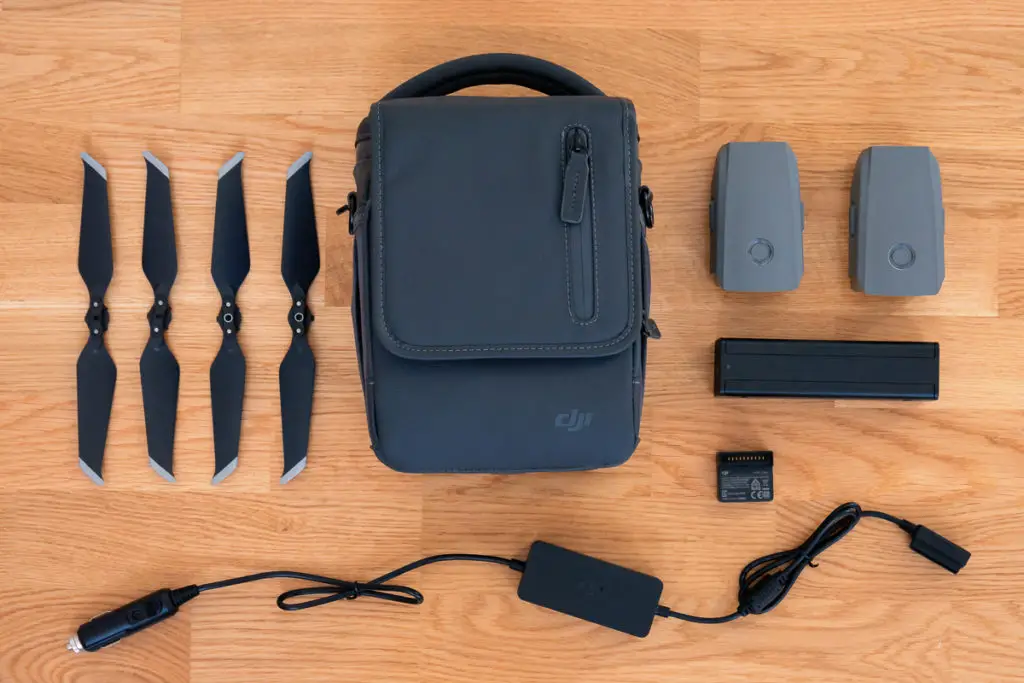
DJI Smart Controller
In the meantime, DJI has also launched a smart remote control compatible with the Mavic 2 Pro/Zoom and all other drones equipped with the OcuSync 2.0 transmission system. This controller has a super-bright 5.5-inch HD screen, which is especially useful in direct sunlight.
Images are transmitted to the screen in FullHD and automatically at either 2.4 or 5.9 GHz, avoiding radio interference. The controller has a range of up to 8 kilometers, but due to legal restrictions, you can hardly ever use it to its full potential.
The smart remote includes several functions and apps, such as the DJI Go 4 app or Go Share, which lets you transfer recordings directly to your smartphone.
If you want to fly your drone a lot, I can only recommend the Smart Controller. I’m a big fan of having the complete drone equipment as independent as possible from my smartphone. One reason for this is the smartphone battery. If I’m on the road for a long time, the battery is quickly used up if I use it for the drone as well. On the other hand, I am also simply faster ready to fly if I don’t have to wire my smartphone to the remote control first.
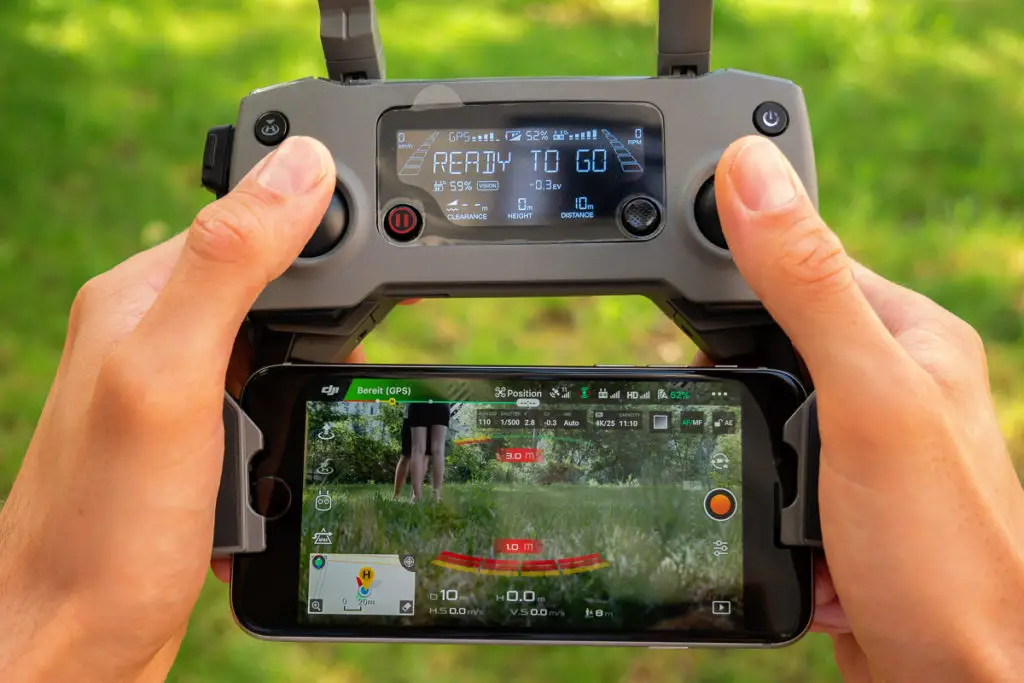
Our experience with the DJI Mavic 2 Pro/Zoom
There are sometimes major differences between the manufacturer’s marketing of technical specifications and the actual performance of a drone. But with the Mavic 2 Pro/Zoom, DJI does deliver a fantastic aircraft that makes every drone pilot’s heart beat faster.
The DJI Mavic 2 hovers as if nailed to the air, copes with difficult weather conditions (wind!), and delivers top-notch aerial shots. We are very excited and can only advise you to choose one of the two models. Our choice is the DJI Mavic 2 Pro and we don’t regret this decision one bit. To get an idea of the quality of the camera, you can watch the following video, which includes some aerial shots we took with the DJI Mavic 2 Pro.
Do you still have questions about DJI Mavic 2 or have you already gained experience with it? Then please leave us a comment below! We are looking forward to it!
 EU-wide drone regulations: Classes of drones explained
EU-wide drone regulations: Classes of drones explained
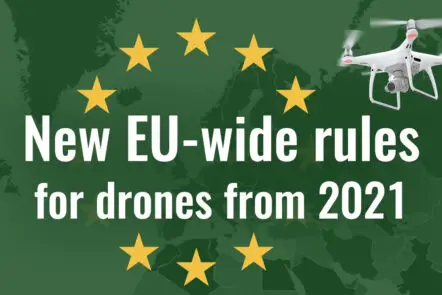 New EU-wide rules for drones from 2021
New EU-wide rules for drones from 2021
 EU-wide drone regulations: The Open category explained
EU-wide drone regulations: The Open category explained
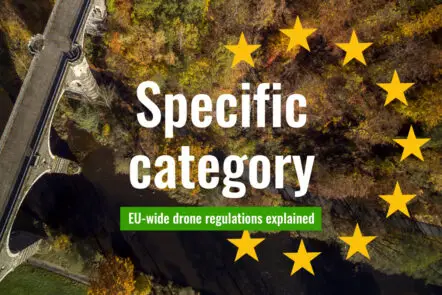 EU-wide drone regulations: The Specific category explained
EU-wide drone regulations: The Specific category explained
Love them both. I had the pleasure to test this great drones last year, and they were a thrill. Although I’m not a fan of DJI, these great drones impressed me a lot.